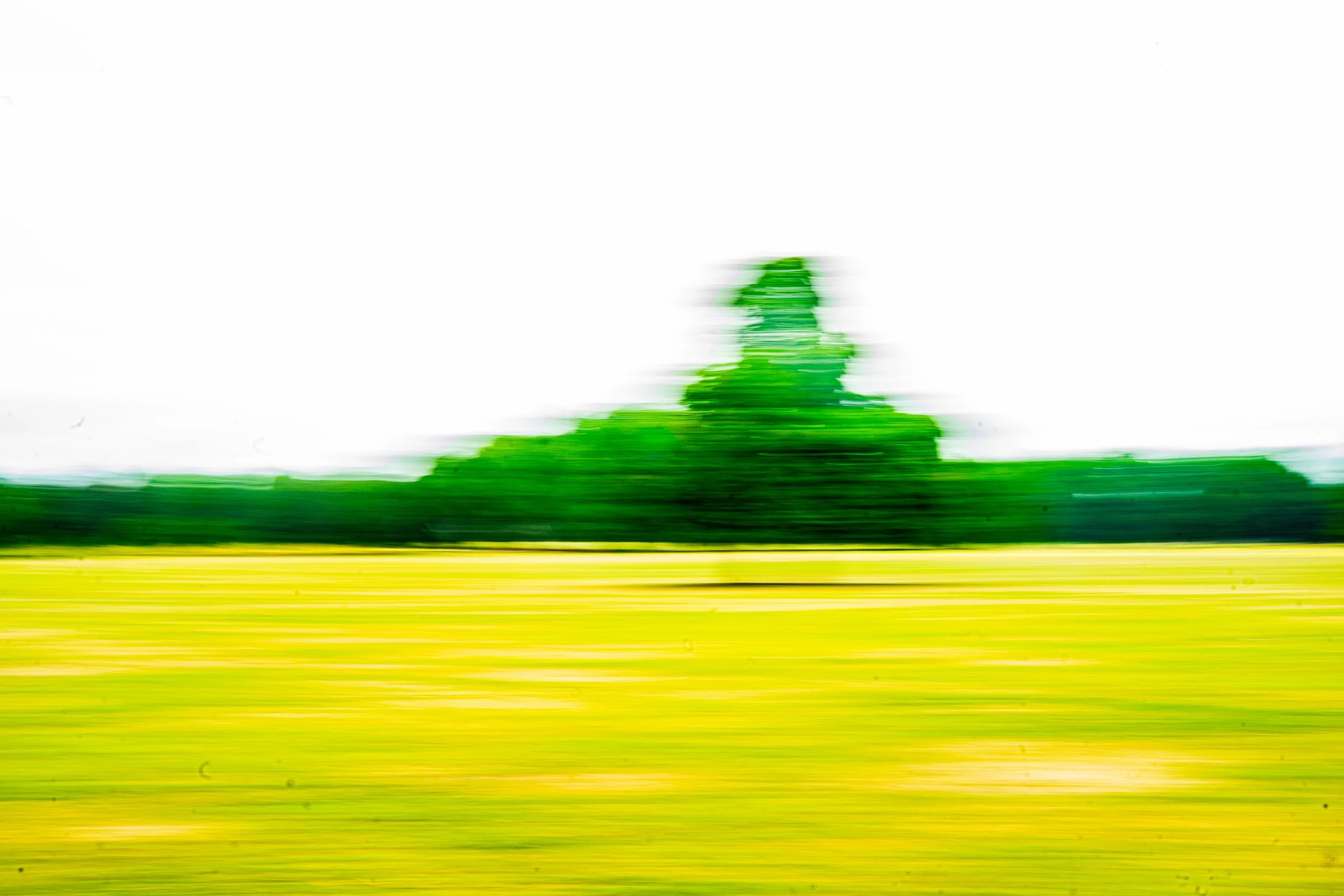LONG READ - From Entropy to Stewardship: Reclaiming Agency at the Edge of Collapse
How artists and institutions are turning decline into a ground for renewal.
Why It Matters
What does it mean to reclaim agency when cultural, environmental, and economic systems feel on the brink of collapse? In a moment defined by accelerating automation, institutional fatigue, and the flattening of experience into algorithms, artists and organisations are stepping into the breach with practices that centre stewardship over spectacle. Their efforts ask us to consider whether culture can be reconstituted through the deliberate reanimation of abandoned spaces, obsolete materials, and neglected forms of collaboration. This is not a question of nostalgia or retreat but a search for new models of care that acknowledge entropy as an inevitable force while also refusing its finality. At the core of this inquiry is a deceptively simple proposition: that attention, reciprocity, and collective intention can transform decline into a ground for renewal.
Shifting Terrain
The past decade has seen the art world grappling with a series of intersecting crises. Climate emergency has challenged the ethics of production and mobility, while political polarisation has exposed the limits of institutional neutrality. Against this backdrop, the pandemic forced an abrupt rethinking of what spaces are for, who they serve, and how cultural value is defined. As galleries and museums scrambled to digitise their programs, a countercurrent emerged: artists and collectives who embraced slowness, tactility, and local engagement as forms of resistance.
Sterling Ruby’s sculptures, layered with rust and the traces of past use, exemplify this turn. So do Anna Olivia Riley’s photobooks, which reassemble fragments into provisional narratives that defy the frictionless logic of digital archives. Meanwhile, initiatives like AWITA’s “Build Your Own Artworld” and Cork Street’s collective exhibition illustrate how decentralised curation can become a strategy for resilience. These practices are linked by a shared conviction that renewal requires both experimentation and a willingness to inhabit uncertainty.
Cracks Appearing
This reclamation of agency did not arise in a vacuum. It is, in part, a response to the disillusionment that followed years of expansion and spectacle. The relentless pace of biennials, fairs, and online content created a cultural economy where novelty often eclipsed depth. Tim Blum’s departure from the gallery model highlights the exhaustion that can accompany unending visibility. Similarly, the closure of smaller spaces unable to weather economic shocks has revealed the brittleness of institutions built on growth alone. For many artists, this period has underscored that critique without an ethic of care is insufficient. The friction point lies in recognising that simply naming the failures of old systems does not automatically generate viable alternatives. The work of reimagining must be slow, deliberate, and collectively held.
New Approaches
Against this backdrop, a constellation of practices has begun to crystallise. In design, cooperatives like Spreeeng are proving that horizontal models can balance sustainability with creativity. Their consensus-based processes challenge the mythology of individual genius and propose that shared authorship can yield work that is more responsive to community needs.
In material practices, the resurgence of analog techniques is more than a retreat from technology. Tacita Dean’s commitment to 16mm film is a declaration that some experiences cannot be compressed into pixels without losing their depth. Her films are reminders that time, texture, and imperfection are not liabilities but qualities that anchor meaning in the body.
Even in institutional contexts, projects like Bow Arts’ acquisition of the Lakeside Centre demonstrate a shift toward models that embed art within local ecosystems rather than treating it as a product to be circulated. Together, these practices articulate a vision of stewardship that is as much about process as outcome.
Across Disciplines
The impulse to reanimate what feels exhausted or obsolete is not confined to any single discipline. In architecture, the adaptive reuse of industrial buildings has become both an ecological and cultural strategy, a way of honouring the histories embedded in materials. Similarly, performance collectives are reclaiming disused spaces for gatherings that foreground intimacy and care over scale.
In fashion, Rick Owens’ Paris retrospective blurred the line between runway and installation, reminding audiences that garments can carry the same entropic charge as sculpture. His work, with its combination of polished steel and organic decay, reflects a sensibility that sees no contradiction between elegance and ruin.
Meanwhile, in publishing and design, Anna Olivia Riley’s photobooks stand as a testament to what can be salvaged from personal archives and overlooked ephemera. Each project insists that value is often hidden in what we discard. Collectively, these cross-disciplinary examples underscore a shared commitment to seeing potential where others see only decline.
Unresolved Tensions
While these practices are rich with possibility, they are not immune to contradiction. The aestheticisation of decay can sometimes slide into romanticism, masking the structural inequities that produce ruin in the first place. Similarly, decentralised models of authorship can struggle to maintain coherence and accountability. Yet these tensions do not diminish the urgency of the questions these works pose. They reveal that genuine reinvention is messy, uneven, and often uncomfortable. What unites these efforts is a refusal to abandon complexity in favour of easy solutions. In doing so, they demonstrate that stewardship requires more than optimism. It demands a sustained commitment to inhabiting spaces where certainty has already collapsed.
A Hopeful Future
As culture continues to shift under the weight of ecological, social, and technological change, the question of how we reclaim agency will remain central. Perhaps the most hopeful possibility is that these experiments in rewilding, decentralisation, and collective care will not remain isolated gestures but will coalesce into a broader ethos. An ethos that treats entropy not as an endpoint but as a fertile ground for renewal. An ethos that understands stewardship as an act of courage as much as craft. In the end, the work of reclaiming agency may be less about fixing what is broken and more about learning to live with impermanence while still believing in the possibility of transformation.

